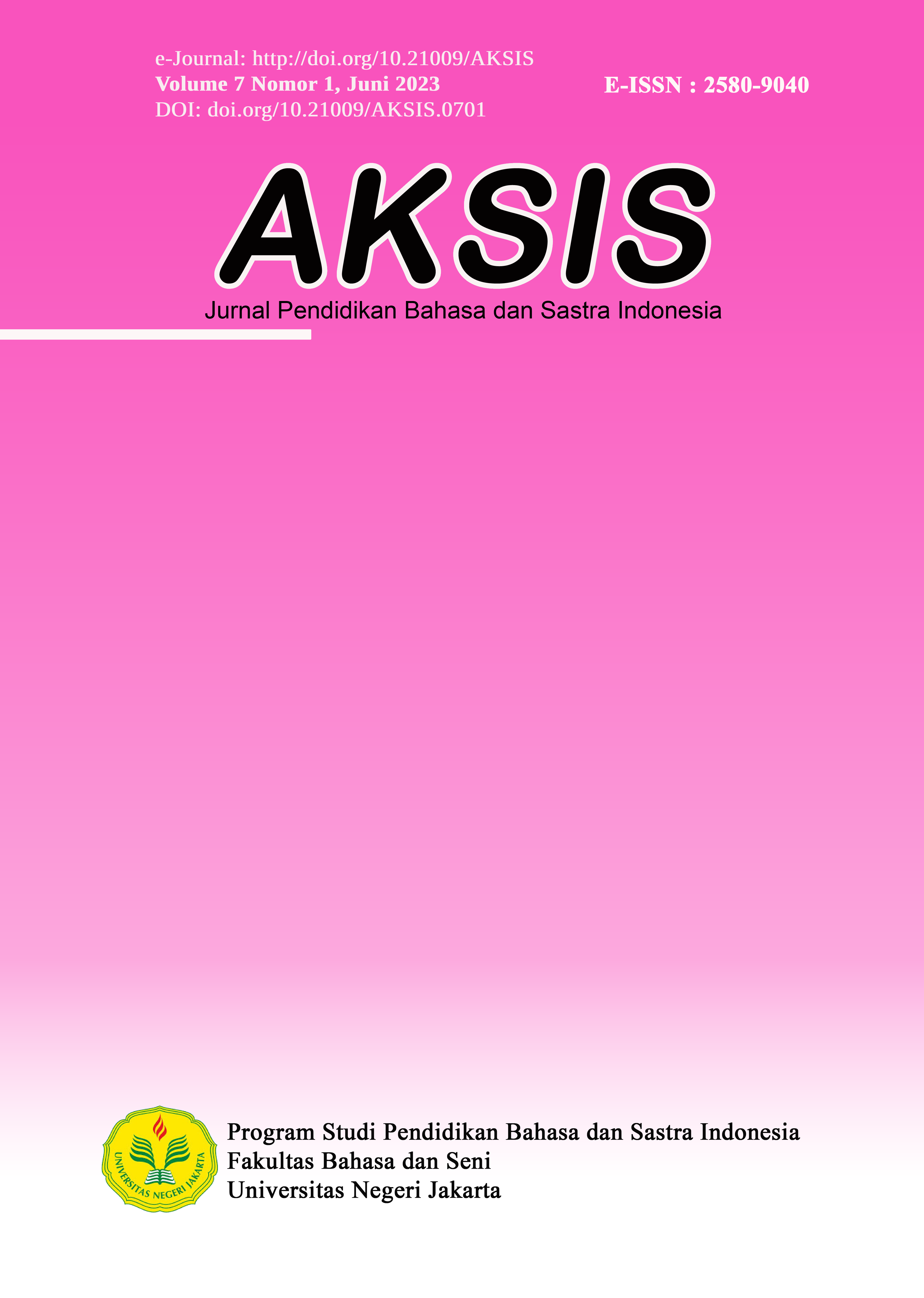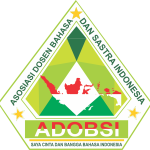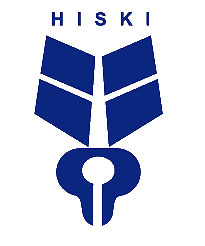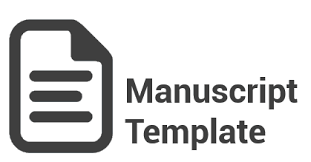Application of the Graphic Organizer Method in Improving Students' Reading Comprehension of Narrative Text
DOI:
https://doi.org/10.21009/AKSIS.070103Keywords:
graphic organizer, planning, implementation, assessmentAbstract
This research addresses the issue of students struggling with reading and comprehending narrative texts. Its objective is to enhance the reading comprehension of 5th-grade elementary school students by employing the graphic organizer method. This method emphasizes the creation of concept maps or charts to aid in understanding the narrative texts. The research follows a classroom action research approach, consisting of two cycles with one meeting each. Each cycle involves lesson planning, implementation, and assessment using teaching modules. The findings reveal that in the first cycle, out of 20 students evaluated, 10 achieved scores above the passing grade, while 10 scored below it. Consequently, a second cycle of learning was conducted. In the second cycle, out of 28 students, 23 obtained scores above the passing grade, with 5 scoring below it. Thus, 82% of the students attained scores above the passing grade. These results highlight the effectiveness of the graphic organizer method in improving the reading comprehension of narrative texts among 5th-grade elementary school students.
References
Aqib, Z. (2011). Penelitian Tindakan Kelas untuk Guru SD, SLB, dan TK. Yrama Widya.
Delrose. (2011). Investigating the use of Graphic organizers for Writimg (Unpublished Magister’s Thesis). University of California Santa Barbara.
Marpaung, D. (2018). Penerapan Metode Diskusi Dan Presentasi Untuk Meningkatkan Minat Dan Hasil Belajar Siswa Di Kelas Xi Ips-1 Sma Negeri 1 Bagan Sinembah. School Education Journal , 360–368.
Mo, H. (2012). Study of the Teaching of ESL Writing in Colleges in China. International Journal of English Linguistics, 2(1), 118–127.
Nuryatin, A. (2010). Mengabadikan Pengalaman dalam Cerpen. Yayasan Adhigama.
Olson. (2014). Menggunakan Graphic Organizer untuk Meningkatkan Kompetensi Membaca dalam Bahasa Inggris. Missouri University.
Prastowo, A. (2015). Panduan Kreatif Membuat Bahan Ajar Inovatif. Diva Press.
Priyanto, A. S., Suhardiyanto, A., & Wijiastuti, I. (2018). Peningkatan Keaktifan Dan Hasil Belajar Peserta Didik dalam Pembelajaran PPKN melalui Pendekatan Adik Simba Berbasis Gerai Informasi. Jurnal Integralistik.
Sapkota, A. (2013). Developing Students’ Writing Skill Through Peer and Teacher Correction: An Action Research. Journal of Nelta, 1(2), 70–82.
Shihusa, H., & Keraro, F. N. (2009). Using Advance Organizers to Enhance Students’ Motivation in Learning Biology. Eurasia Journal of Mathematics, Science & Technology Education, 413–420.
Sinaga, F. U. A. (2020). Pengaruh Penerapan Strategi Graphic Organizer terhadap Kemampuan Menganalisis Cerita Dongeng pada Kelas IV SDN 37 Pekanbaru. Primary: Jurnal Pendidikan Guru Sekolah Dasar, 9(1). https://doi.org/10.33578/jpfkip.v9i1.7852
Von Koss Torkildsen, J., Morken, F., Helland, W. A. , & Helland, T. (2016). he Dynamics of Narrative Writing in Primary Grade Children: Writing Process Factors Predict Story Quality. Reading and Writing, 529–554.
Wills, S. (2005). The Theoretical and Empirical Basis for Graphic Organizer Instruction. Diss. University of Alabama.
Wulandari, P., Manurung, A., & Selian, S. (n.d.). Development of Contextual Based Narrative Writing Module for Grade X Student of SMK. 3. https://doi.org/10.21009/AKSIS






